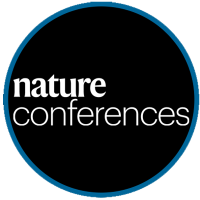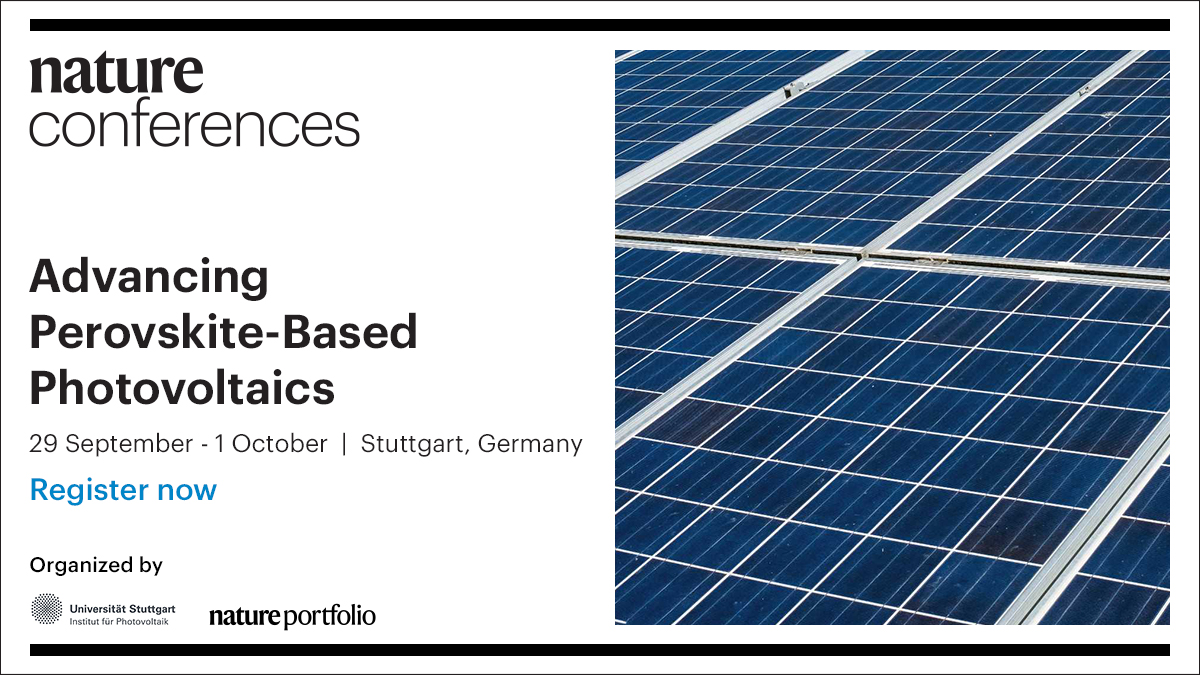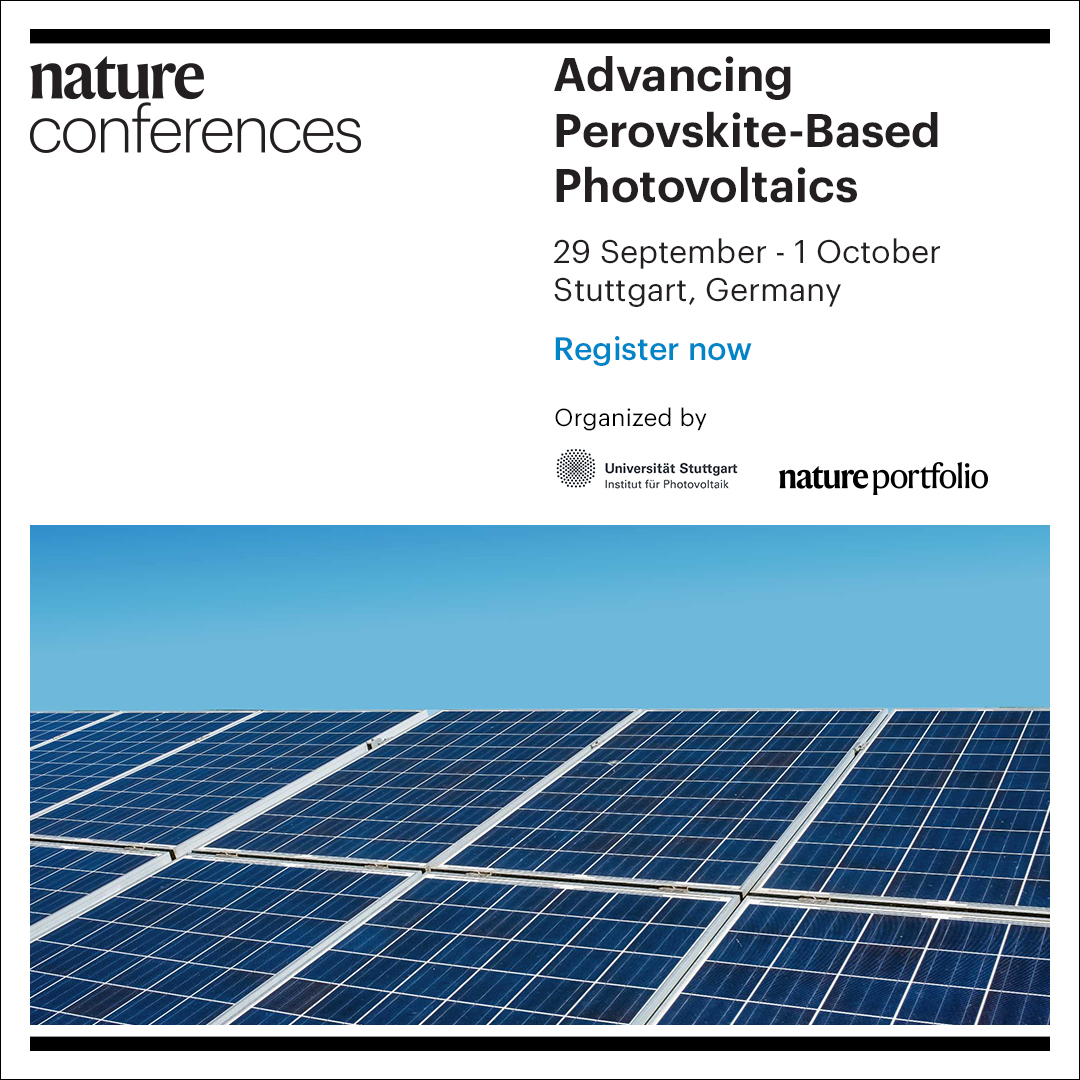
Nature Communications
@naturecomms
Nature Communications is an open access journal publishing high-quality research in all areas of the biological, physical, chemical and Earth sciences.
ID: 206255645
http://nature.com/ncomms 22-10-2010 15:52:51
30,30K Tweet
246,246K Followers
491 Following


@PhilCens, Paul Waidelich, et al. analyze #energy financing patterns of public #ExportCredit agencies (ECAs), finding mainly European ECAs moved away from fossil fuels, a transition paired with shifting support towards high-income countries. HEC Lausanne nature.com/articles/s4146…


Freshwater flow reduction in the Mediterranean Sea due to climate change and escalating water demand may cause a strong decline in marine productivity and commercial species biomass, affecting ecosystems and socio-economic activities EU_ScienceHub nature.com/articles/s4146…


This study explores how climate change and pop growth shape flood exposure. By 2100, exposure could rise from 1.6 to 1.9 billion people, driven 21% by climate change and 77% by pop growth, with low-income and urban regions most affected. Jupiter Intelligence nature.com/articles/s4146…








Our cross-journal collection on Drug-tolerant persister cells in cancer is now open! We welcome submissions aiming to elucidate the molecular mechanisms, potential therapeutic targets and biomarkers of drug-tolerant persister cells for cancer. Communications Biology nature.com/collections/di…


We're thrilled to announce our event in Germany hosting global leaders in the field of perovskite-based solar cells. In partnership w/ U of Stuttgart Nature Communications Nature Energy Nature Materials NatureSustainability NatRevMaterials & Nature Reviews Electrical Engineering >>go.nature.com/3WWp4uX





We're bringing together experts to Uni Stuttgart to discuss recent challenges & advancements in perovskite-based solar cells. Grab your early bird🎟️by Apr. 30! go.nature.com/3WWp4uX Nature Materials Nature Communications Nature Energy NatureSustainability NatRevMaterials Nature Reviews Electrical Engineering
